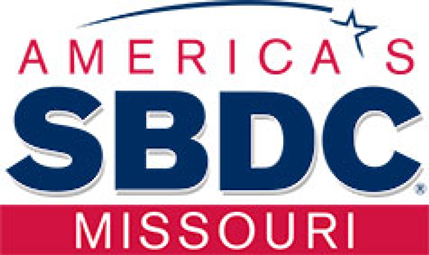Now that you’ve identified a country for export and have selected a path to your customers, it’s a good time to start to think about pricing. You’ll need to make the important decision on what you will charge for your product. In this issue, we’ll discuss the additional costs you can expect to incur when exporting to a foreign county and will review how those should be factored into the sales price of your product. Depending upon the approach you use — direct or indirect exporting — a different approach to pricing may be needed. The discussion below focuses on a direct exporting scenario.
So, how do you come up with an answer for the important decision regarding product price? One path forward would be to start with what you should have a good understanding of how you arrived at the price of your product for domestic sales, including the factors that contribute to the Cost of Goods Sold (COGS). You should have a good understanding of costs associated with your raw materials, production (labor), packaging, marketing, sales, shipping or distribution, lease or mortgage payments, inventory, returned items, warranty, and insurance. It’s likely you also understand how the quantity of goods sold affects these costs, which will be another important consideration in setting price when exporting.
With this information in hand, it’s time to consider the added costs of export. These can include any required alterations to your product, modifications to packaging for language, cultural or other reasons, after-sales service, shipping costs (freight, rail, ship and/or air), insurance, tariffs (if the country is not part of a free trade agreement with the US), import duties and taxes. Once you have insight into these costs and gain an understanding of the competitive landscape for your product in the country of interest, you can settle on a product price. Your financial advisor might provide insight for you in this area and they are a suggested source of information. For added costs, such as duties, tariffs, and border/documentary compliance, you can determine these at Market Diversification Tool.
An additional (and highly recommended) approach to understanding these costs is to work with an international freight forwarder or customs broker. These firms have a wealth of experience in assisting companies with export and can take on the bulk of the exporting work for you. You can identify a freight forwarder in your region to work with by reviewing information at the National Customs Brokers & Freight Forwarders Association of America. The NCBFAA represents more than 1,000 member companies that serve more than 250,000 importers and exporters. Member companies handle over 97% of freight forwarding that occurs in the United States, and through the Association, are kept informed of the latest legislative and regulatory issues that can affect exporters. This membership benefit helps ensure your product will be handled by a freight forwarding or customs brokerage firm with current knowledge of the export landscape.
You can identify brokers and forwarders that might meet your needs at the NCBFAA website. When you approach one of their members, you should ask whether their employees are Certified Export Specialists, and you should also inquire whether they have expertise related to your specific product. To demonstrate how this might work, let’s use an example of a tractor engine gear manufacturer that seeks to export these parts to Canada. The following steps will result in a list of potential partners and services. You will have the option to select the partner that makes the most sense for your business.
- Go to National Customs Brokers & Freight Forwarders Association of America and click on “Find A Broker” at the upper right of the screen.
- We have used Columbia, MO 65203 as the location of the manufacturer. Type in City and State.
- The result of this search indicates there is no local freight forwarder or customs broker ("No matches found").
- So, let’s go back and look at Missouri in general. Clear the form and just enter MO from the list of states and click Search.
- You will see a list of 19 companies from around Missouri, along with primary contact info and location.
- If you click on the company, you will see the services they offer, their website, and phone and fax numbers.
- A phone call to the primary contact can lead to discussions about their relevant expertise, costs of services and timeframe. They may also share insight and recommendations on Incoterms, which affects your business’s liability throughout the export process.
Using the above approach to develop an appropriate pricing strategy will position your business to successfully export your product to a new market.
Writer: Robert Schwartz
Check out the entire article series on exporting:
- Should I Export My Business’s Goods and Services?
- Some Basics of Exporting
- Exporting: The First Step
- Export Planning Streamlined
- The Export Plan: Marketing Research
- The Export Plan: Pricing Strategy
The Missouri SBDC is funded in part through a Cooperative Agreement with the U.S. Small Business Administration. All opinions, conclusions, and/or recommendations expressed herein are those of the author(s) and do not necessarily reflect the views of the SBA.
